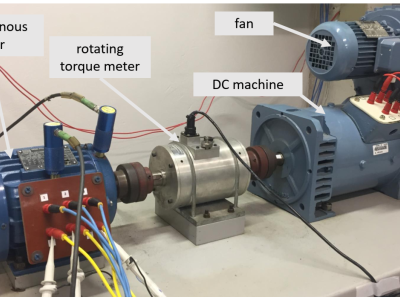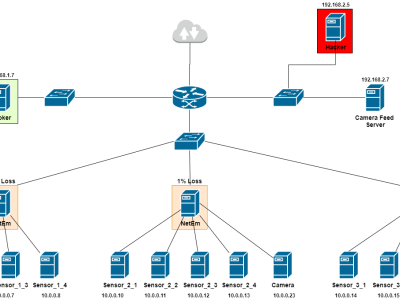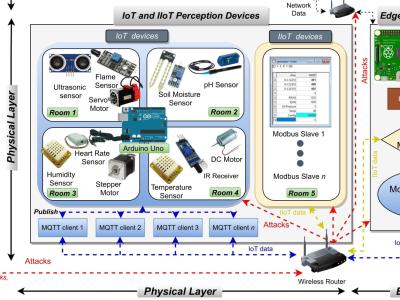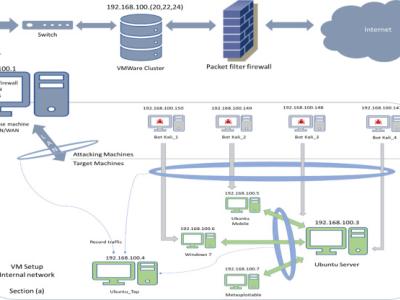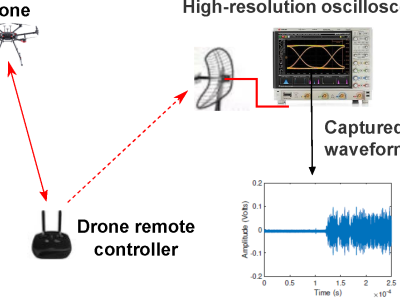CIR for Rapid and Gradual Deceleration

- Citation Author(s):
-
Kyungbo Lee (Korea Expressway Corporation , Ajou University)
- Submitted by:
- Kyungbo Lee
- Last updated:
- DOI:
- 10.21227/nbha-x905
- Data Format:
 24 views
24 views
- Categories:
- Keywords:
Abstract
This study presents a deep learning-based framework for detecting vehicle deceleration patterns using Ultra-Wideband (UWB) Channel Impulse Response (CIR) analysis. Unlike traditional GPS or IMU-based systems, which struggle in GPS-denied environments such as tunnels, the proposed method leverages UWB CIR signal variations to classify two key driving behaviors: rapid deceleration and gradual deceleration. All data were collected from real-world experiments using UWB devices installed on actual vehicles at a professional highway testing site. CIR signals exhibited distinct amplitude and frequency-domain characteristics under different deceleration conditions, and these differences were used as core features in model training. To enhance performance, Doppler shift components were extracted using Fast Fourier Transform (FFT) and integrated with time-domain and time-frequency features. A parallel deep learning model combining GRU and CNN layers achieved 98.10% classification accuracy. This result demonstrates the practical feasibility of using UWB CIR and Doppler-based sensing for reliable vehicle motion recognition in GPS-inaccessible environments, contributing to the development of safer and more intelligent transportation systems.
Instructions:
This dataset contains Ultra-Wideband (UWB) Channel Impulse Response (CIR) measurements collected from real-world vehicle experiments under two deceleration conditions: rapid deceleration and gradual deceleration. The data was obtained using Decawave UWB modules mounted on vehicles at a certified highway testing site.
Each row in the dataset represents a single CIR capture instance. The format includes:
- Timestamp
- CIR amplitude values (complex)
- Driving scenario label (rapid or gradual)
The dataset can be used for signal processing analysis, motion classification model training, and evaluation of UWB-based vehicle detection algorithms. It is particularly useful for research on real-time deceleration recognition in GPS-denied environments such as tunnels.
All CIR values are normalized between 0 and 1. Missing or noisy values were handled via forward/backward fill or interpolation. File format: CSV.
No code is required to use the data, but preprocessing and model training examples are available upon request.


